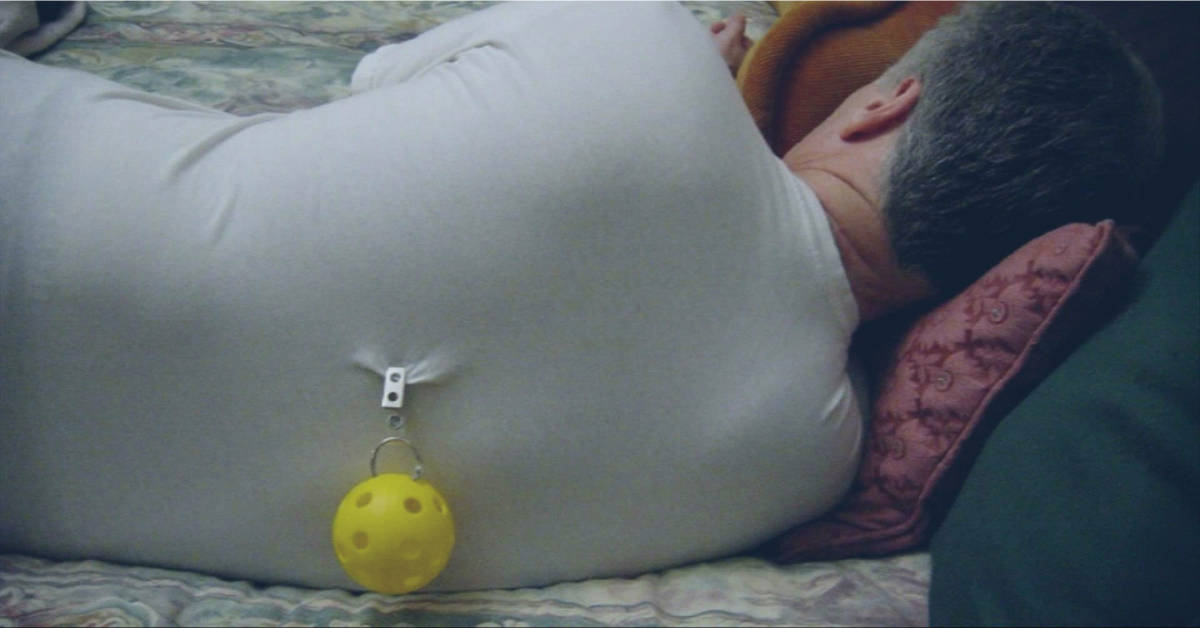
Realistically, CPAP devices are the best, most reliable treatment for obstructive sleep apnea. However, CPAP therapy is not the only treatment for sleep apnea. Furthermore, although your CPAP appliance will treat your sleep apnea, it will never cure it.
That is to say, unless you seek lifestyle changes, you can almost certainly count on using CPAP therapy (or a CPAP alternative) for the rest of your life. For many people, this does not pose a problem. Others cannot tolerate CPAP machines or are willing to do anything to escape their masks.
Obstructive sleep apnea is a chronic disease, caused when the throat and tongue relax enough to obstruct the airways.
Can sleep apnea be cured?
There are only two “cures” for Sleep Apnea, and neither are necessarily guarantees.
- Lose weight
- Surgically remove excess tissue from the palate or throat
Not everyone can “simply lose the weight.” And surgery can have side effects. These side effects warrant concern, and very few doctors will recommend it unless there are no other options left.
Treatment vs Cure
The term “cure” means that the patient’s condition will no longer exist after medical treatment or surgery. Some conditions and diseases can be cured. If you take diseases as examples, smallpox and whooping cough have cures.
Some conditions and diseases have no cure. Continuing the illustration, Parkinson’s disease and Progeria have no known cure. When there is no cure, the person will always have the condition. Nevertheless, many incurable illnesses have medical treatments that allow patients to manage their condition.
Most Popular Treatments
There are four primary treatments:
- CPAP therapy (or other airway stimulation therapy machine)–ongoing treatment
- Weight loss and diet –in some cases this treatment may lead to a cure
- Oral/nasal appliances–ongoing treatment
- Surgery–risk of side effects and a potential cure
CPAP alternatives?
If you hate the machine, your best bet is to start exercising to lose the weight. It may sound insignificant, but losing just 10% of your total weight can release a significant amount of pressure from your airways.
The clear majority of CPAP alternatives fall into the category of oral or nasal appliances. Others are machines that provide some type of airway therapy. Here are the most popular.
Oral Appliances
The goal is to prevent the tongue from collapsing into the throat. They are usually designed to push the jaw into a forward position. If you have severe OSA, this probably will not work.
Provent Sleep Apnea Therapy
Provent is a type of nasal device. Nasal devices are almost always less effective, or completely ineffective, for patents with moderate to severe OSA. Nevertheless, if you have been recently diagnosed or have mild to moderate OSA, this might be worth trying.
Winx Sleep Therapy System
This new system uses oral pressure therapy (OPT) instead of a mask.
Stop Sleeping on Your Back
There are a few devices, such as Night Shift, which are designed to stop patients from sleeping on their backs. This would fall into the category of “positional therapy.” Positional therapy is rarely recommended without accompanying treatment options like Provent or an oral device.
If you want to try this on your own, one solution is to clip a tennis ball to the back of your shirt. The irritation of laying on the ball may cause you to roll on your side.
Supplements
Supplements that help with weight loss could lead to improvements in OSA. However, there are additional supplements that just might positively affect your condition.
University Health News writes that antioxidant supplements, DHA, and Vitimin D may all be beneficial for OSA patients.
Conclusion
It is highly unlikely that there will be a new cure for sleep apnea in the future. Weight loss and breathing devices will likely continue to be the best options for treating obstructive sleep apnea.